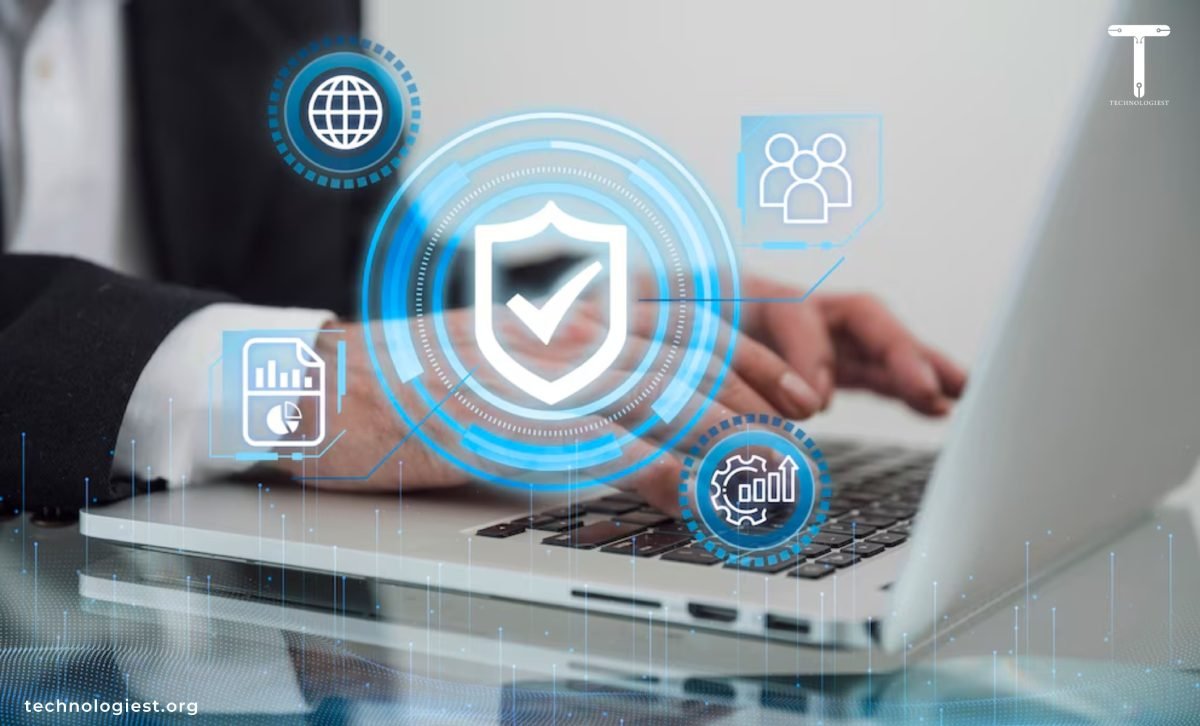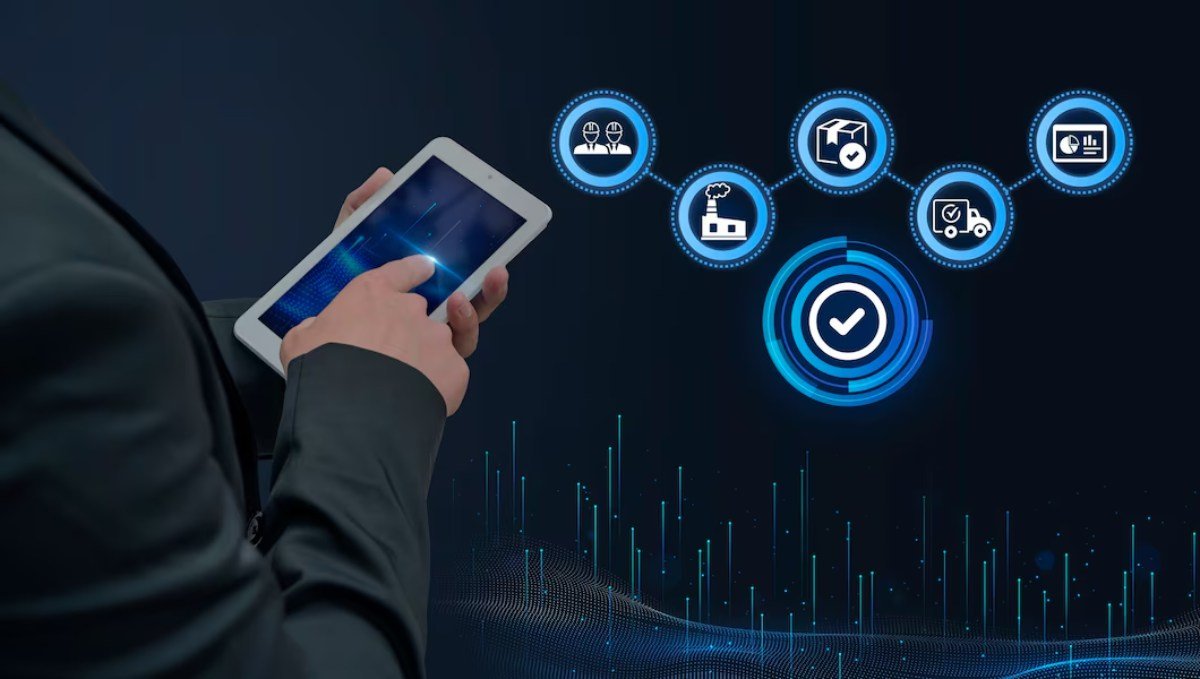
Curious about Cybersecurity Compliance, you are in the right place.
There is little doubt that in the present environment of turbocharged business technologies and data rules. To survive, a company should streamline everything and apply technology to different processes for meaningful advice.
Nonetheless, the new rules mean that enforcement of the cyber security regulation is a top priority.
It’s not just clicking buttons and starting anti-DDoS solutions and antivirus but ensuring the security system in the company as a whole.
Take an hour-long trip with us into the exciting world of the digital realm to get eye-opening insights on handling the online world.
Table of Contents
ToggleWhat is Cybersecurity Compliance?

Ever curious about how cybersecurity can be compliant?
Let’s be frank.
This is critical for any organization that handles data or is online-oriented.
Why?
Due to the fact that there could be massive rashes of data handling and movements, while a door to cyberattacks will be open.
Empirically, cybersecurity compliance is about following rules that are provisioned by respectively the authorities to have information protected.
Organizations will have to be secure through setting controls to guarantee that data stays secure, authentic, and available. The data either being stored, processed, or sent elsewhere still needs protection which is a matter of concern.
But here’s the kicker: meeting compliance standards in this case turns out to be a hard bird to shoot. There are countless city regulations from different sites that it takes a judge even to understand where one is and what works at that place.
Why Cybersecurity Compliance Matters: Mitigating Risks to and Ensuring Brand Image Integrity

Do you realize how cybersecurity compliance is a key part of data protection for business organizations, and not just within borders but across the whole world?
It is not just about CSA but it is a tactical step to prevent data breaches and to keep your market reputation which is so essential and not negligible.
Picture this: a few companies, one of which has fussing staff members, though they are all equally subject to cybersecurity threats.
For the numbers of SMBs that cybersecurity prescribed as rank of operational pressure that are which dealing with the.
This over-the-shoulder absence thus provides the evil-minded hackers with an ideal target to attack infrastructure and system vulnerabilities, which can lead to frustrating interruptions and consequently very heavy financial losses that may even bring a business to its knees.
Cybersecurity compliance will be your guide towards organizing a robust security system and mitigating threats.
Through this service, the company makes a statement of devotion by demonstrating its willingness to fulfill its security responsibilities and maintain its existing position in the security market.
Now, let’s delve into why this compliance framework is not just a checkbox exercise, but a cornerstone of organizational resilience:
Safeguards Reputation
The cyber-world is a space where a cyberattack can no longer be simply viewed as a matter of technology; it is an attack on the organization’s image as well.
The impact around a breach is significant—from stolen customer records to disrupted operations, the company’s image can be turned upside down and the trust can erode.
It is trust that loses the trust of their customers, and it costs a lot of money and time to regenerate it. In most cases, the consequential expenses overshadow other business priorities.
Builds Trust
Customers hand their sensitive data over to the business to which they grant access, and this data is supposed to be kept and treated with high care.
Compliance is a show of good faith about the small print, giving customers enough assurance that their personal data will be safe.
This trust not only enhances loyalty but also gives rise to such golden business opportunities where companies are ready to partner with those who have highly implemented security systems.
Preparedness for Threats
Turning to cybersecurity compliance is not only about checking the boxes but rather about implementing risk management in advance.
As they pursue a zero-tolerance policy towards corruption, companies are mandated to examine risks leading to the strategies of prevention.
This forward-thinking ensures the effective combat of not only known threats but also makes businesses better equipped to tackle emerging cybersecurity problems.
Elevates Security Posture
Attaining compliance is not a single effort; rather, it’s constant monitoring of regulations and compliance systems and the development of safety and security processes.
A comprehensive implementation of compliance policies invariably gives rise to a cohesive security culture that deeply enshrines a never-sleeping vigilance and accountability, which in turn leads to an overall elevated security posture that filters into every last detail of the working process.
In summary, cyber security regulation is not just being on the right side of the law. It is a strategic necessity that saves the company, loans, and shareholder capital.
Companies willing to invest in their compliance end up not only ensuring the safety of their resources, but they will be following the track of sustainability in a digital world marked by innovation and transformation which requires constant adaptation to new rules and technologies.
Starting Your Cybersecurity Compliance Journey

To set off on a cybersecurity compliance mission will perhaps seem as though you are heading into the wide blue yonder; however, do not be afraid!
Below is a guide to get you started on introducing a robust compliance strategy and ultimately, assist in protecting your business from computerized threats.
1. Understand Your Data Landscape:
Get your feet wet by performing an info-audit of the data that you create and process.
Describe the kind of data you process that holds the information for customers, financial records, or your company’s intellectual rights.
2. Assemble Your Compliance Champions:
Having a team of line management established to fully comply is a key to this success.
This team must be consisted of some department members from the various forms, they will add their different ideas and capabilities to the process.
The collaboration across departments brings a thorough perspective to cybersecurity analysis and compliance issues.
3. Assess Risks and Vulnerabilities:
Undertake a comprehensive risk and vulnerability analysis spotlighting areas, at which your systems and processes are incapable of withstanding the threats.
Security assessment serves as the point of departure for further building up a cyber resilience framework that is specifically designed for your organization.
4. Implement Effective Controls:
The risk assessments uncovered all the weak spots for you. This is the time to put in controls that have been identified to mitigate risks.
It may be different types including technical ones like encryption and access control or human measures like face recognition.
Customize your controls in accordance with the particular threat you have in the organization.
5. Maintain Vigilance and Agility:
Cyber threats mutually develop, so continuous monitoring and response become the key expedient of compliance.
Keep abreast of new and happening regulations and developing risks, and then be flexible enough to react to the compliance program changes.
Regular audits and inspections guarantee that businesses are prepared for compliance and can respond to possible events quickly.
Through these phases and hence maintaining vigilance around your cyber program, you will be able to build a vigorous compliance program that is not only protecting your organization’s sensitive data but also restoring confidence amongst stakeholders as well as customers as a whole.
Common Cybersecurity Compliance Regulations

The web of cybersecurity compliance can be highly intimidating, but it is better to know and understand the key regulations if you are a business person. Here’s a rundown of some major ones:
(i) SOC 2: This audit is the service organization’s risk and gives a measure of the safeguards for client data which range in security, accessibility, processing integrity & privacy among others.
(ii) HIPAA: HIPAA’s mission encompasses the safeguarding of health data on a quite high level, imposing mandatory information security measures for healthcare providers and other covered entities alike, and severely punishing the entities that are in breach of this imperative.
(iii) PCI DSS: Securing payment card data is controlled by PCI DSS which ensures validation of compliance every year as violation can have a validity of losing reputation and fines.
(iv) ISO 27001: This standard encompasses in-depth descriptions of effective risk control processes and guidelines on how to protect confidential information.
(v) GDPR: Under the jurisdiction of GDPR, protecting data for EU citizens, there are certain technical tools to be deployed and limitations to be given to individuals in terms of their personal data.
(vi) NIST CSF: A traditional structure for cybersecurity management, emphasizing robust frameworks for the identification, assessment, prevention, and mitigation of cyber risk.
(vii) CCPA: The California Consumer Privacy Act (CCPA) in the State of California, gives individuals a right over their data of a personal nature and also prohibits any discrimination if someone will not share his data for sale purposes.
(viii) CMMC: A program aimed at cybersecurity, designed by the Department of Defense, CMMC is in charge of ensuring cybersecurity standards according to which organizations managing sensitive defense information must comply.
To Conclude
In conclusion, cybersecurity compliance poses significant benefits to organizations pertaining to the protection of confidential data and the attainment of trust. This regulation gives ground procedures for protecting information and fighting cybersecurity.
To ensure data quality and resistance to the modern digital era, the implementation of these standards is necessary.
Organizations will show their devotion to data integrity and robustness through it.
You May Like Also:
3 thoughts on “What is Cybersecurity Compliance?”